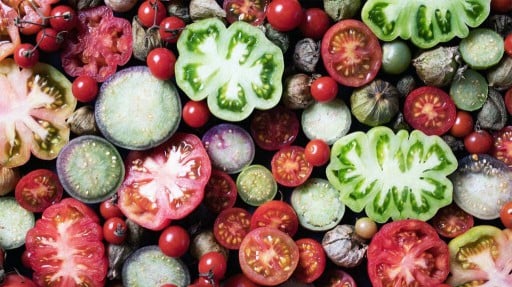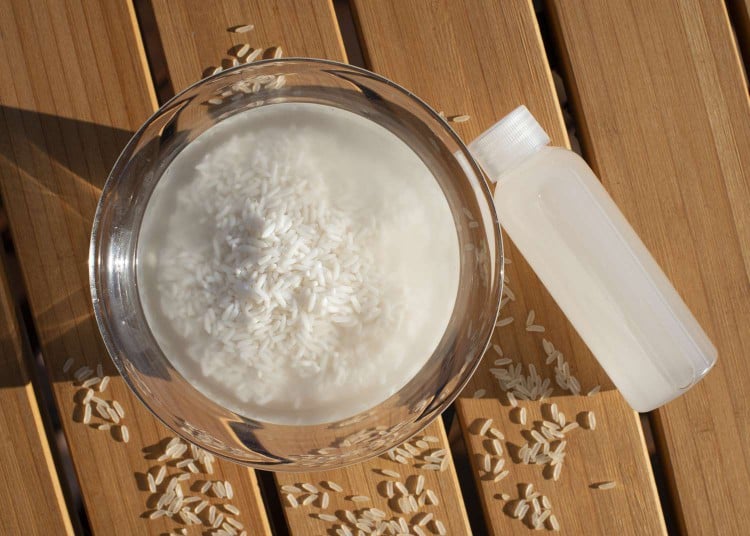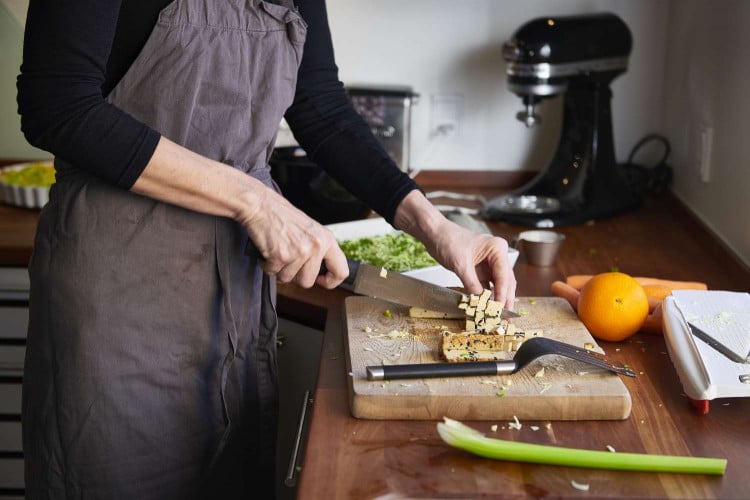- New research found that combining bananas with berries in your smoothie may decrease the amount of flavanols—a key nutrient in berries—your smoothie has.
- This is based on a chemical release from bananas that subtracts flavanols from the smoothie.
- Experts recommend people be aware of this reaction and choose smoothie ingredients that serve their specific health goals.
Are you getting the most nutrients out of your morning smoothie?
Smoothies can be a great way to combine nutrient-dense foods for a hearty snack or meal. Whether you prefer a fruity mix or a richer, nuttier option, there are hundreds of smoothie combinations to try (and love) when you’re looking for a quick bite.
But, there is a common mistake that people make when preparing their smoothie of choice.
New research, published earlier last month in Food Function, suggests that combining certain types of fruits in a smoothie may decrease the health benefits of certain ingredients. The research points to a popular flavor combination—banana and berry—as its main example.
The new study found that smoothies combining bananas with berries proved to decrease in flavanols (a key nutrient in berries) after being blended together.
Considering the health benefits of flavanols, this presents a problem.
Flavanols are bioactive compounds found in fruits, vegetables, cocoa, tea, and red wine. They are linked to potential health benefits including lowering blood pressure, lowering cholesterol, preventing blood clots, promoting healthy blood sugar, and healthy brain function.
Unfortunately, this amount of flavanols is difficult to eat as most foods that contain flavanols carry a small amount—even berries. Losing flavanols to a smoothie error makes it even more difficult to achieve the recommended 400–600mg of flavanols from food per day.
So is this bad news for your breakfast routine?
Here’s how combining certain fruits can diminish key nutrients, as well as expert tips on how to get the most out of your favorite smoothies.
Getty Images / bingokid
Why Bananas May Negatively Impact Berries
Bananas are a staple in many smoothies, and there’s a good reason for that. They add flavor as well as a thick consistency to additional ingredients such as berries, spinach, Greek yogurt, or almond milk.
But, a certain chemical reaction can sabotage other ingredients.
When bananas are exposed to air, they release polyphenol oxidase (PPO), which starts a process of enzymatic browning. This is the same reaction that other foods, like avocados, have, which is why they turn brown after being left out for too long.
The new research found that foods made with PPO-containing fruits and vegetables (like bananas) can have an impact on the bioavailability of flavanols.
In order to understand the chemical reaction between PPO-containing foods and flavanol makeup, the study participants (healthy men ages 25-60) were asked to consume a low-flavanol diet before the beginning and during the study.
The men were split into two groups, one group was instructed to consume a banana smoothie with high PPO activity, and the other group was instructed to consume a mixed berry smoothie with low PPO activity.
Results showed that the intake of flavanols in a high PPO banana smoothie significantly reduced the levels of flavonols in circulation after consumption.
“Smoothies and juices made with flavanol-rich foods such as apples and berries have become a popular way for people to increase their intake of flavanols,” explained Javier Ottaviani, PhD, director of the Core Laboratory of Mars Edge and lead author of the study. “So, we wanted to understand, on a very practical level, how common foods and food preparations, such as smoothies, could affect the availability of flavanols to be absorbed by the body after intake.”
The study’s findings show that foods made with PPO-containing fruits and vegetables can have an impact on the bioavailability of flavanols.
Previous research has found that foods like acai bowls, soups, sauces, and even guacamole decrease in flavanols after they are pureed and pulverized—exposed to oxygen at an elevated rate.
“We were surprised to see how adding a single banana rapidly decreased the amount of flavanols in the smoothie and consequently on the levels of flavanols in the body,” Ottaviani said.
I Tried Daily Harvest for 2 Weeks—Here's What I Learned About This Plant-Based Food Company
Getting the Most Out of Your Smoothies
The new study provides people with an evidence-based suggestion for preparing food at home in a way that supports their goals of achieving a healthier diet.
“Bananas remain a great option for smoothie preparation, but not if you want to maintain the flavanols in your smoothie,” Ottaviani said. “We saw that the PPO in the banana caused the flavanol levels in the smoothie to decline rapidly after preparation, so low-PPO foods such as pineapple, oranges, mango, and yogurt would be good alternatives.”
To construct a nourishing smoothie, start with a base of leafy greens, such as spinach or kale, and add fresh or frozen fruits for flavor and nutrition. Then add a protein source, such as Greek yogurt, nut butter, or protein powder, and a liquid such as almond milk or coconut water.
If you’re already scouring the internet for a new smoothie recipe, don’t ditch your regular one just yet. A smoothie, no matter what you put in it, is still a way to pack in an efficient and delicious source of nutrients.
“Bananas and avocados can add a creaminess and healthy fats to a smoothie, while berries provide antioxidants and other nutrients,” Chun said.
You can maintain the integrity of the flavanols even more if you drink your smoothie very soon after preparation and don’t let the smoothie turn brown.
There’s no need to panic just yet—it is important to look at the big picture when it comes to nutrition and any way you like to eat your fruits and vegetables is going to provide a benefit.
A well-rounded diet with a variety of proteins, grains, healthy fats, and fruits and vegetables will make up for any deficits you may not be consuming through fruit smoothies.
The 9 Best Blenders for Smoothies of 2023








